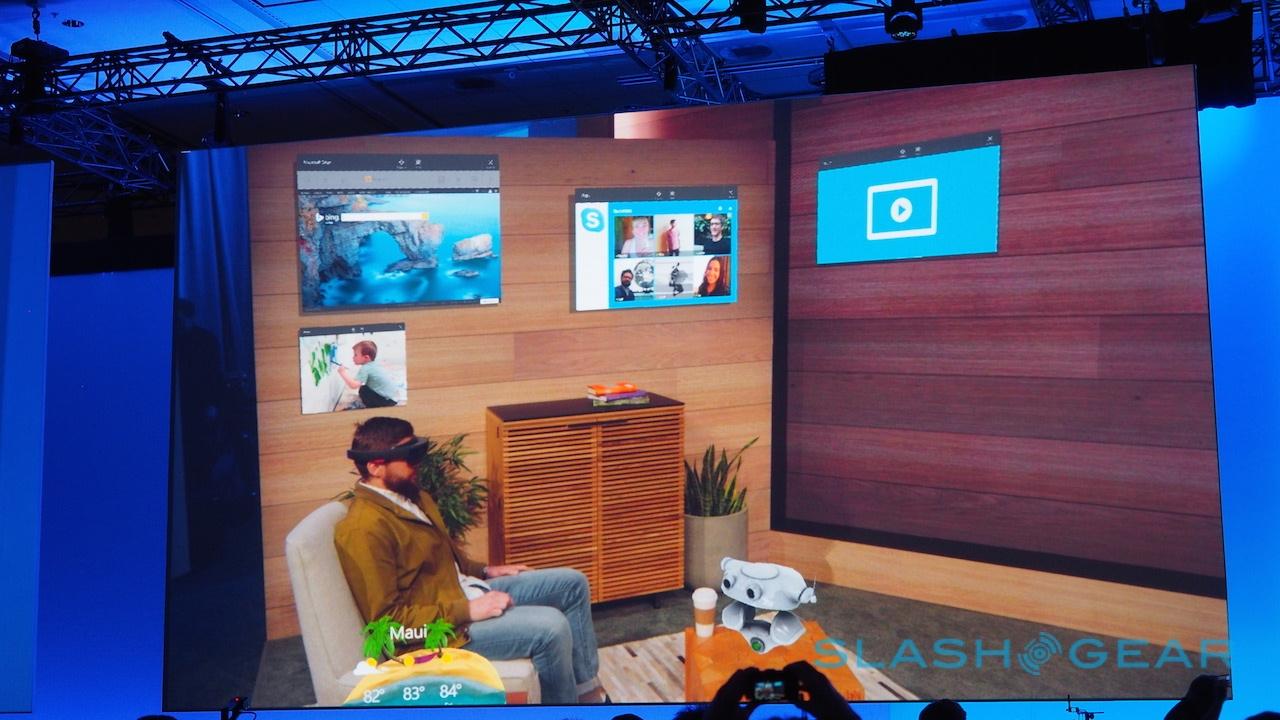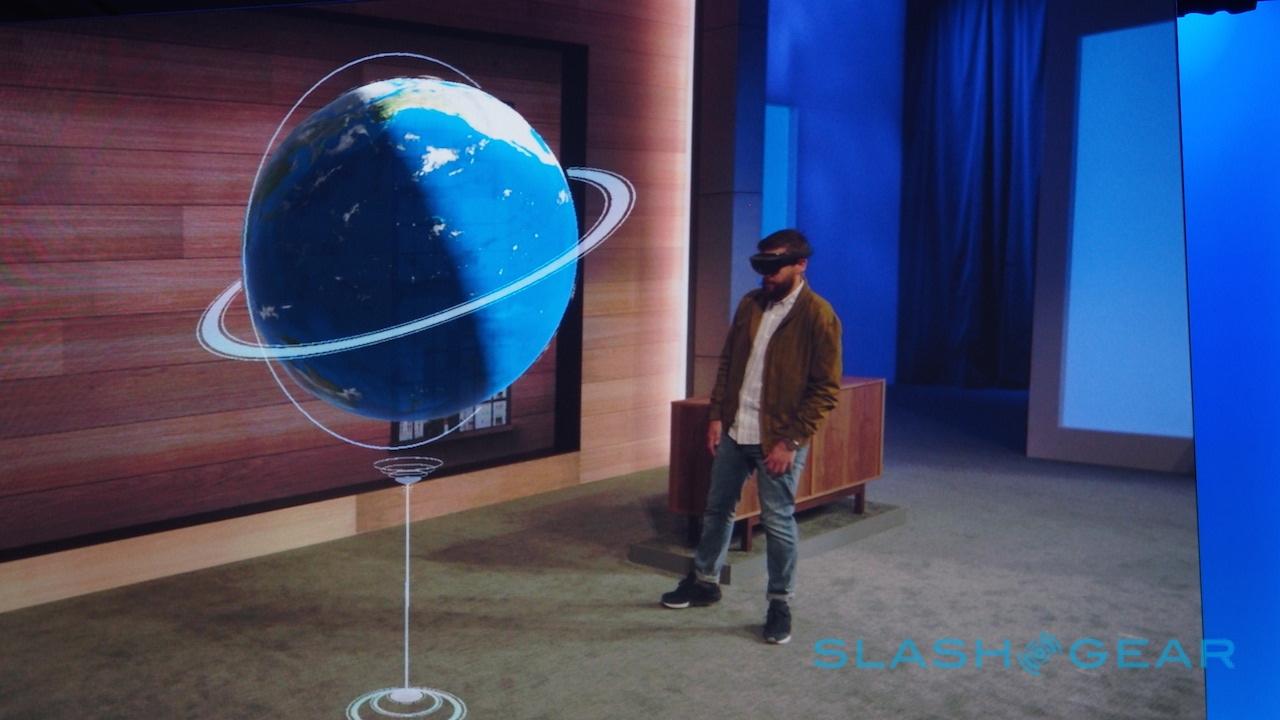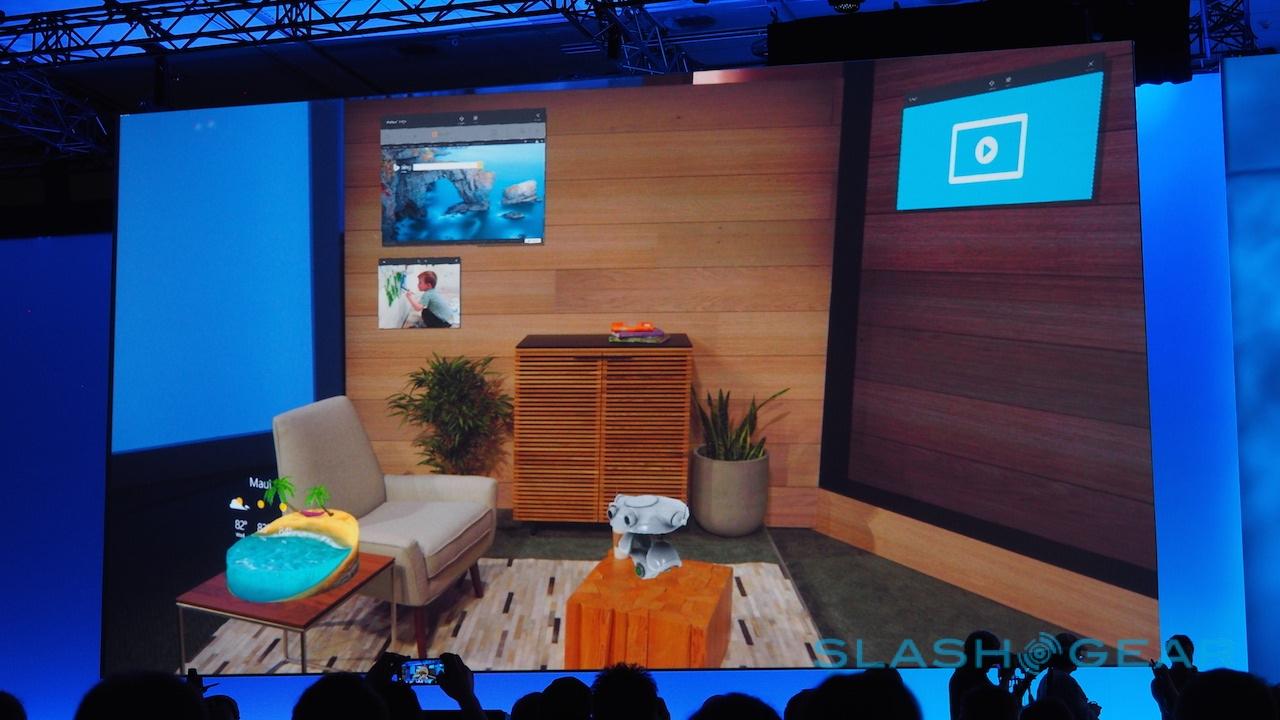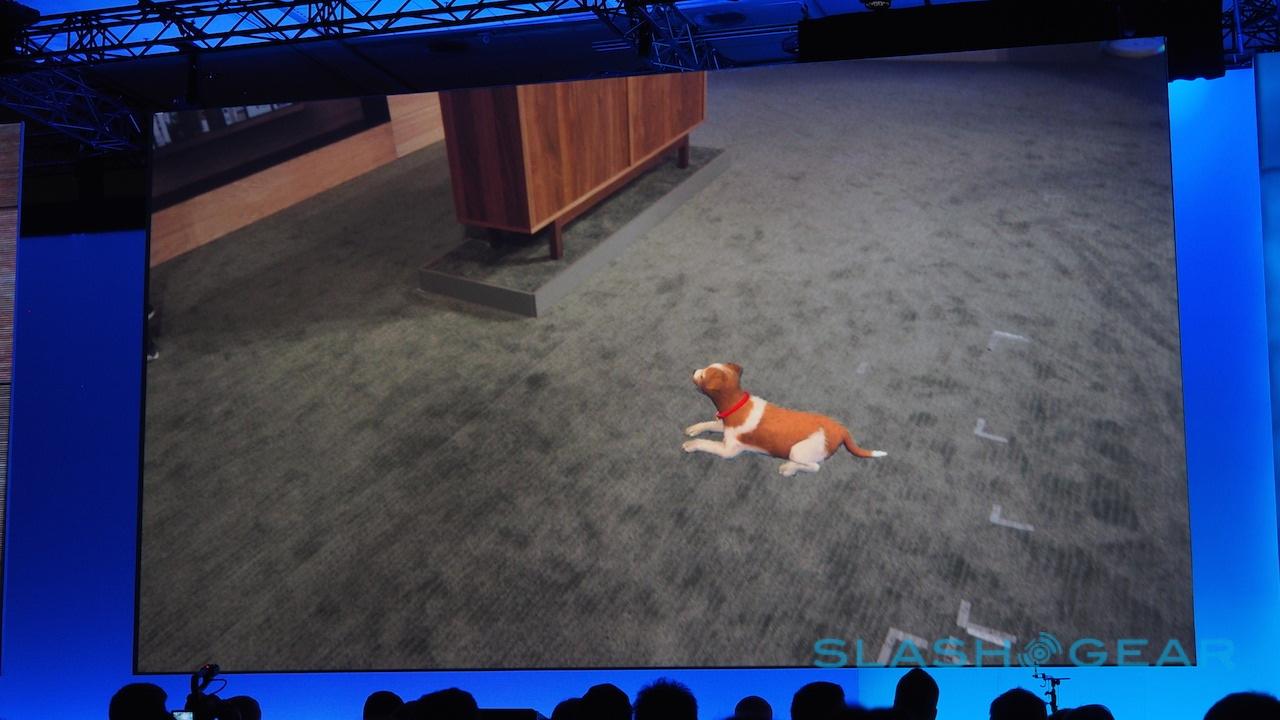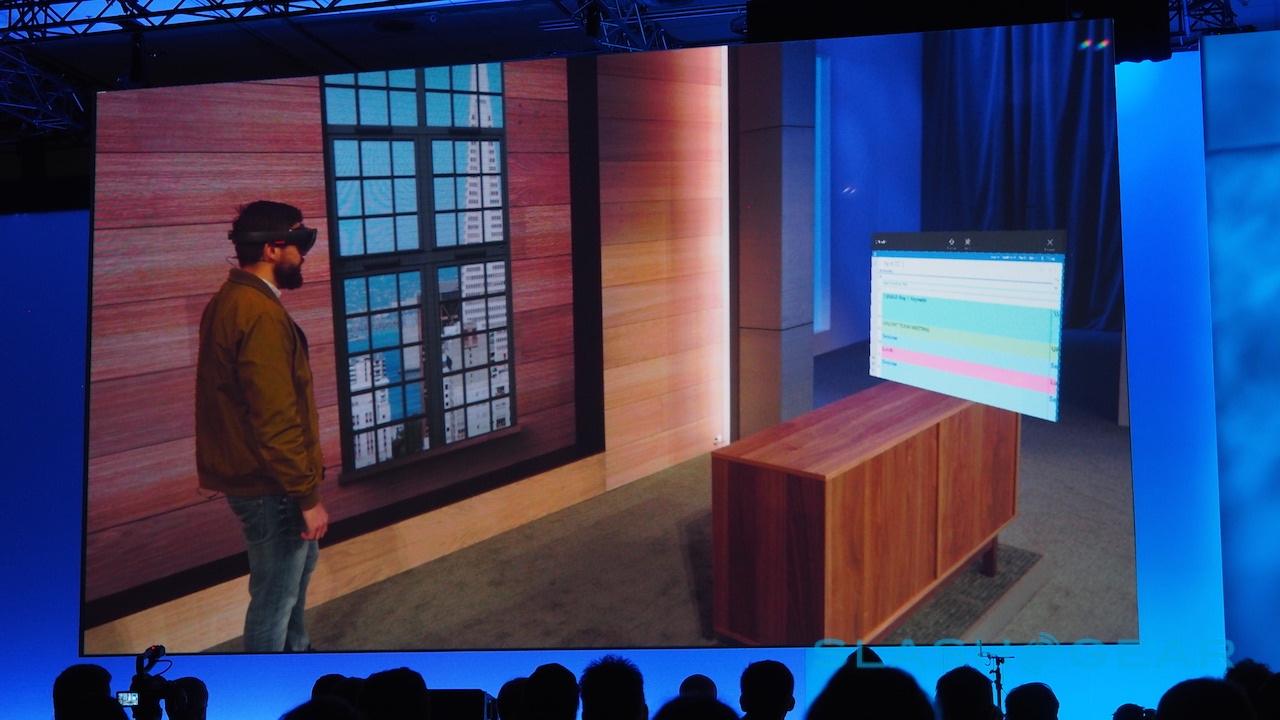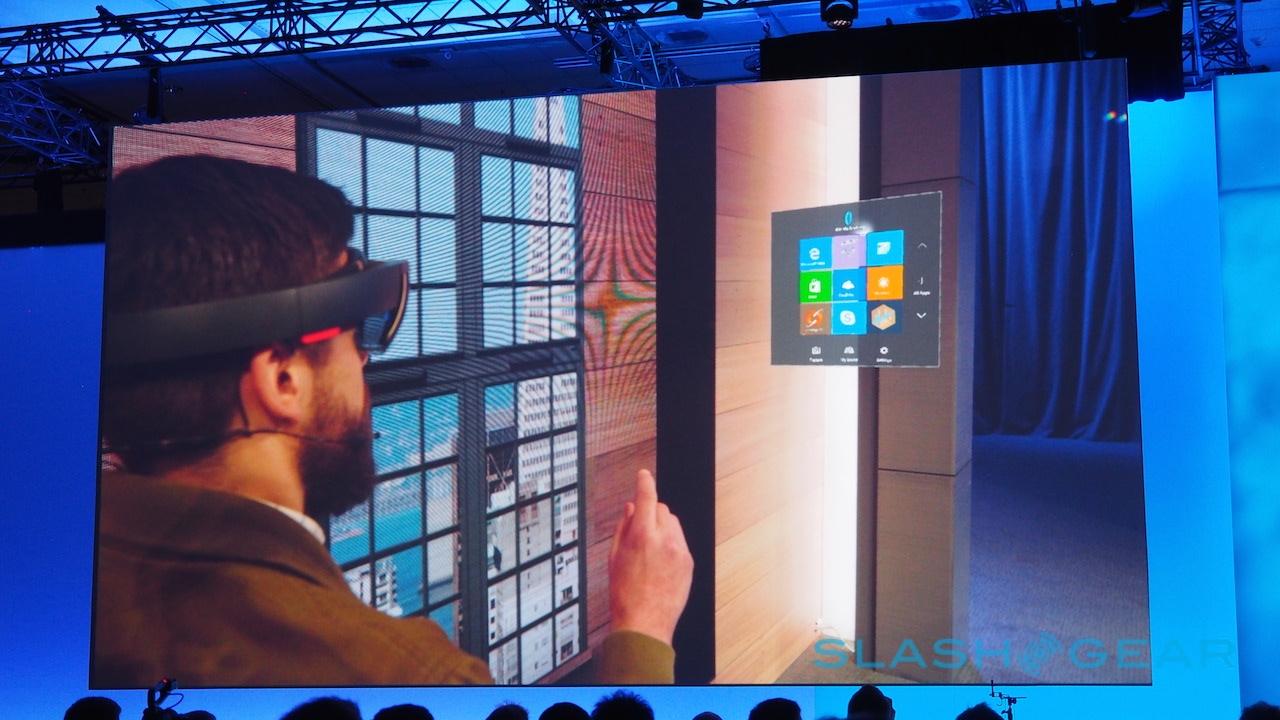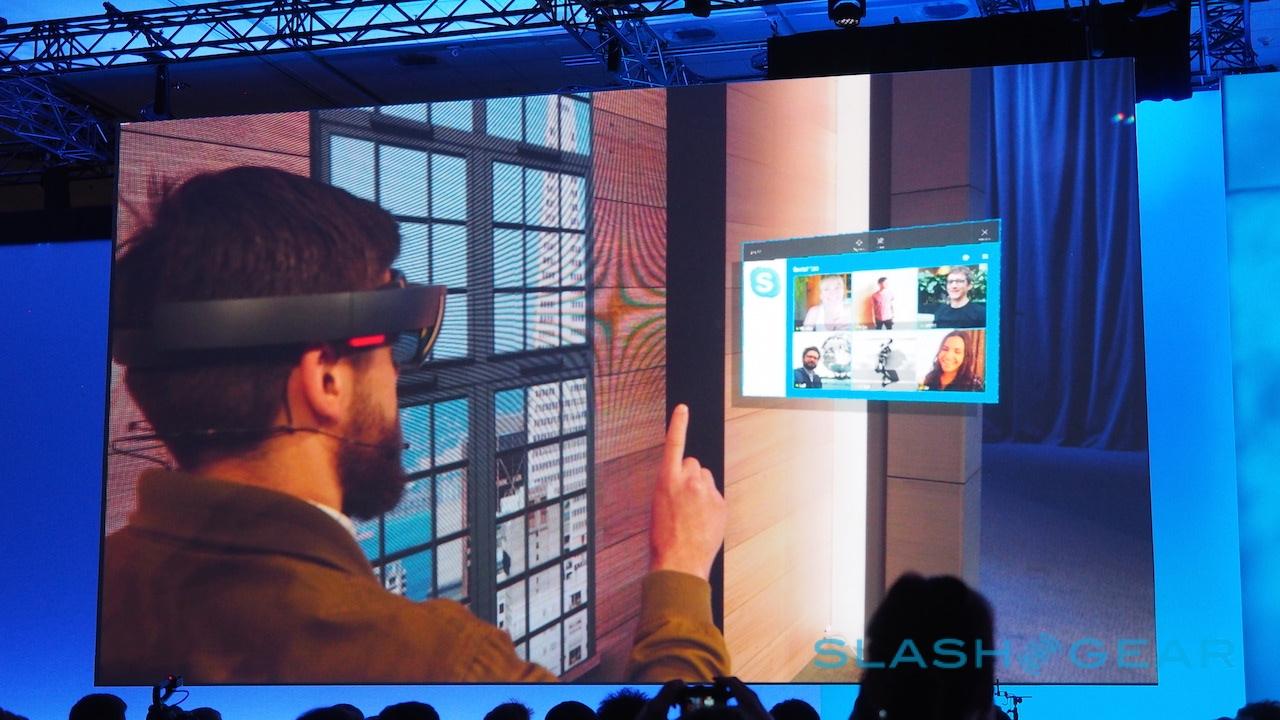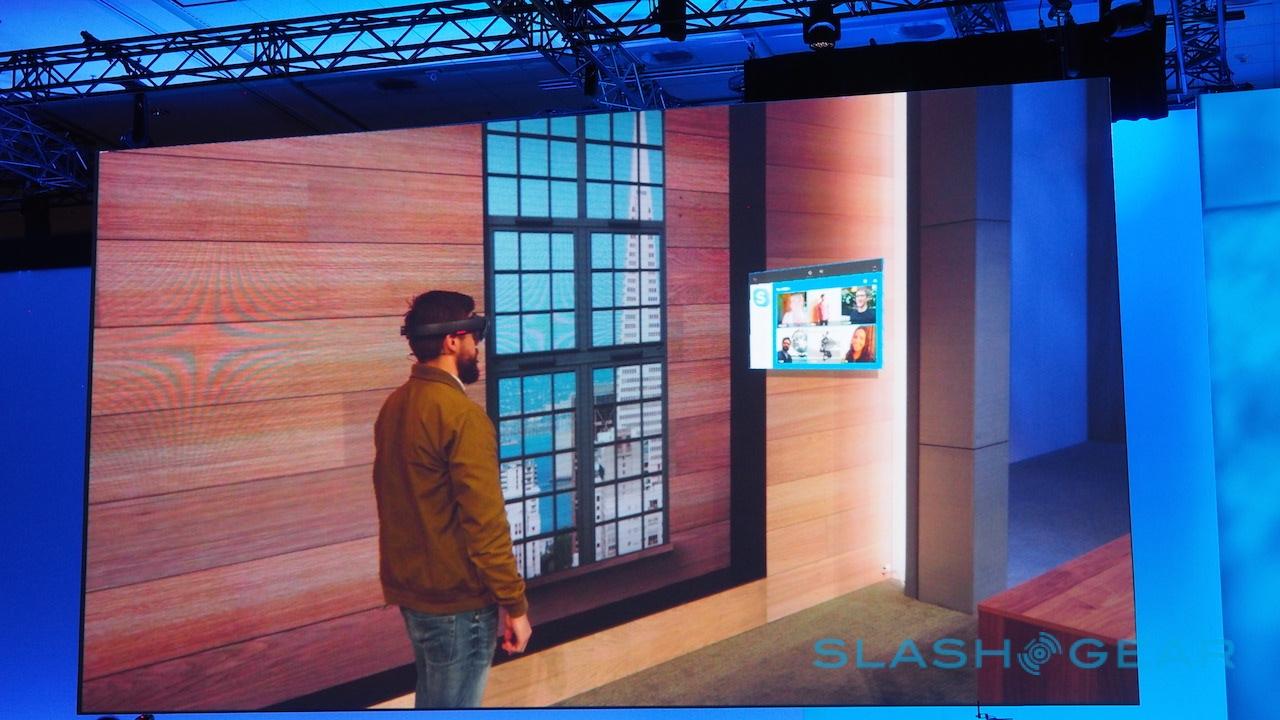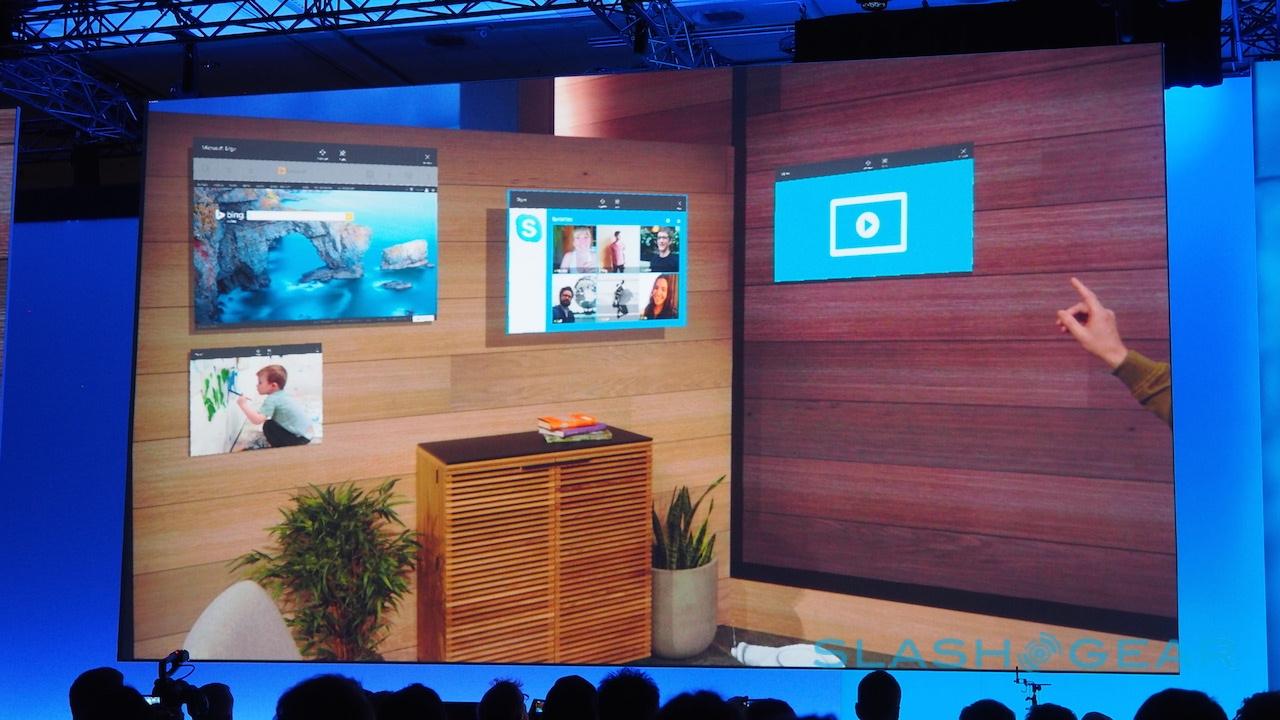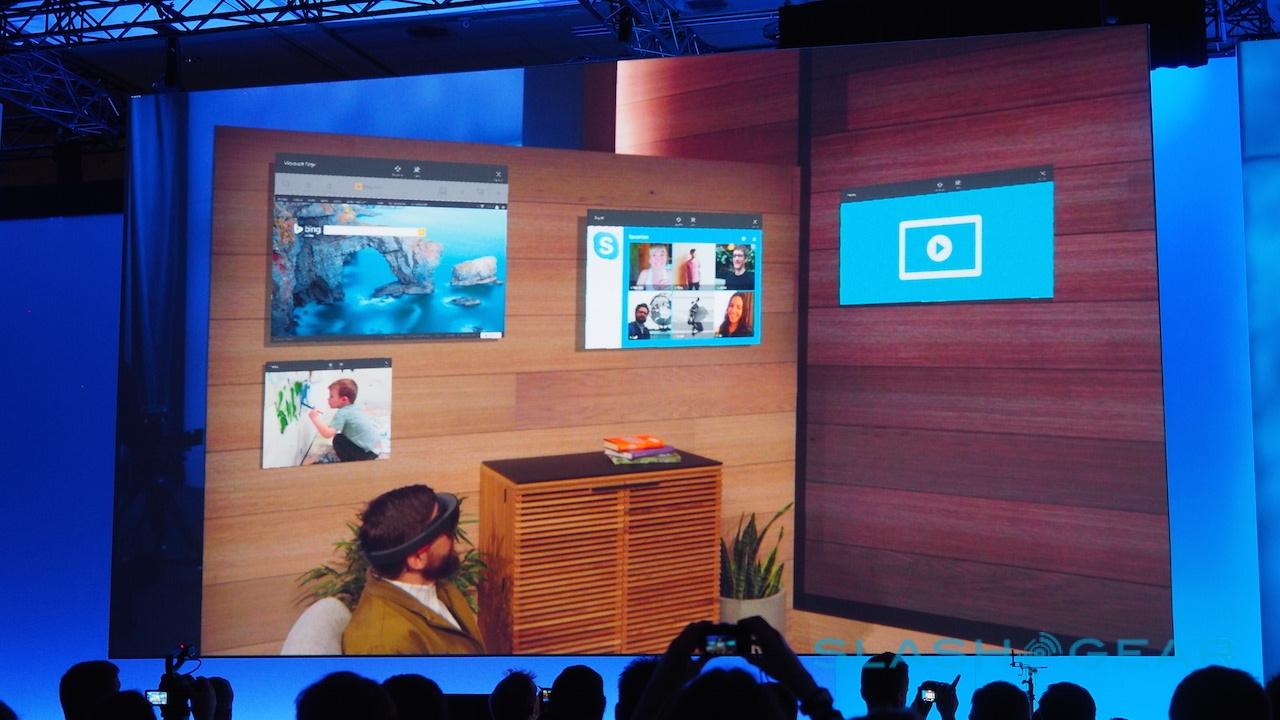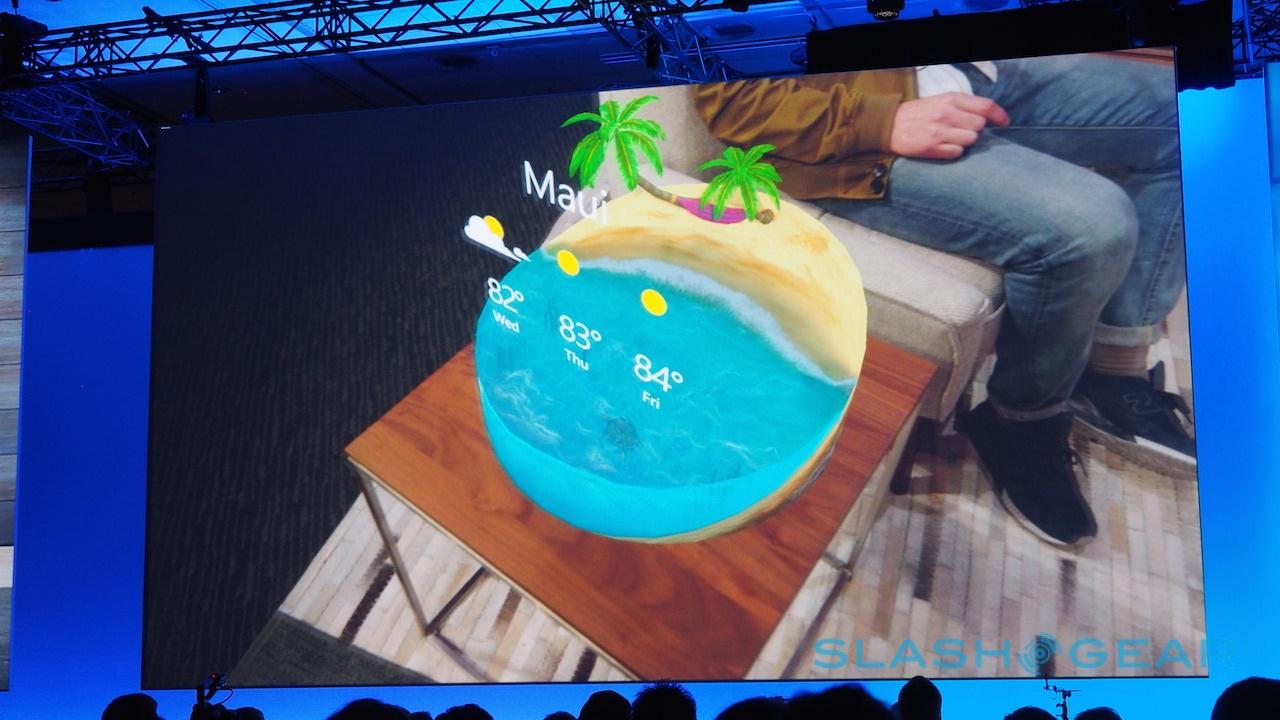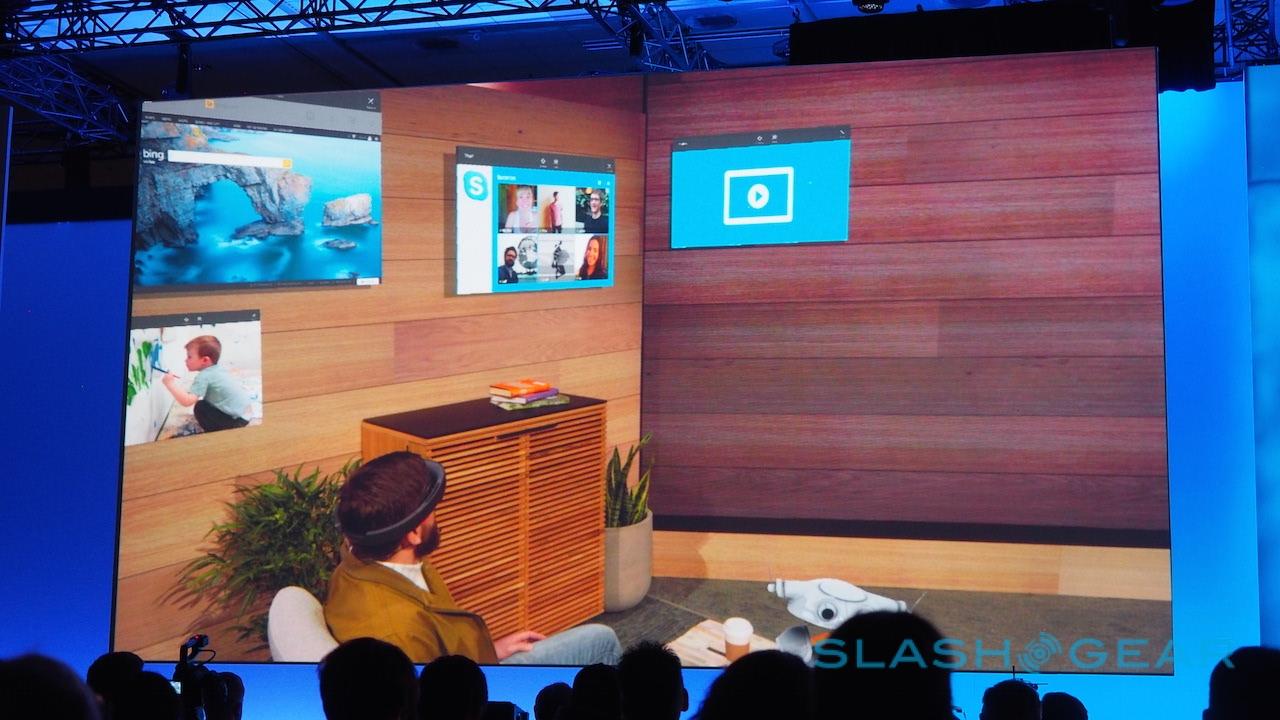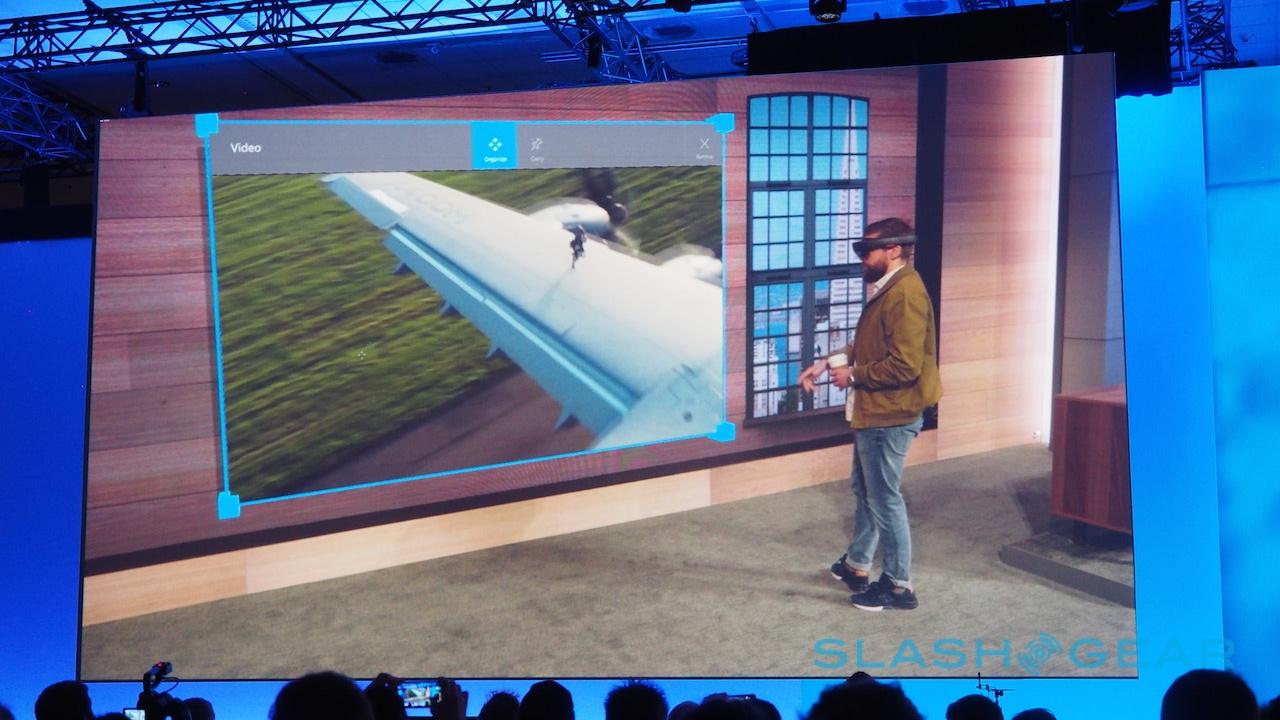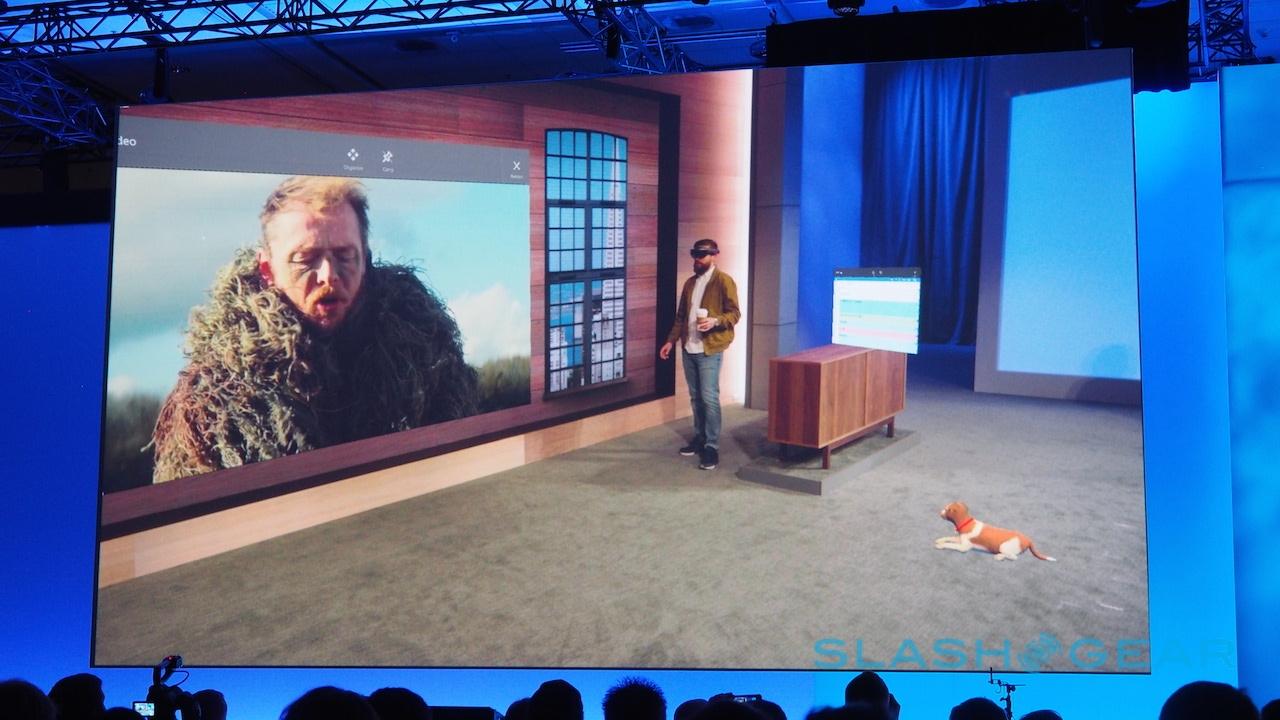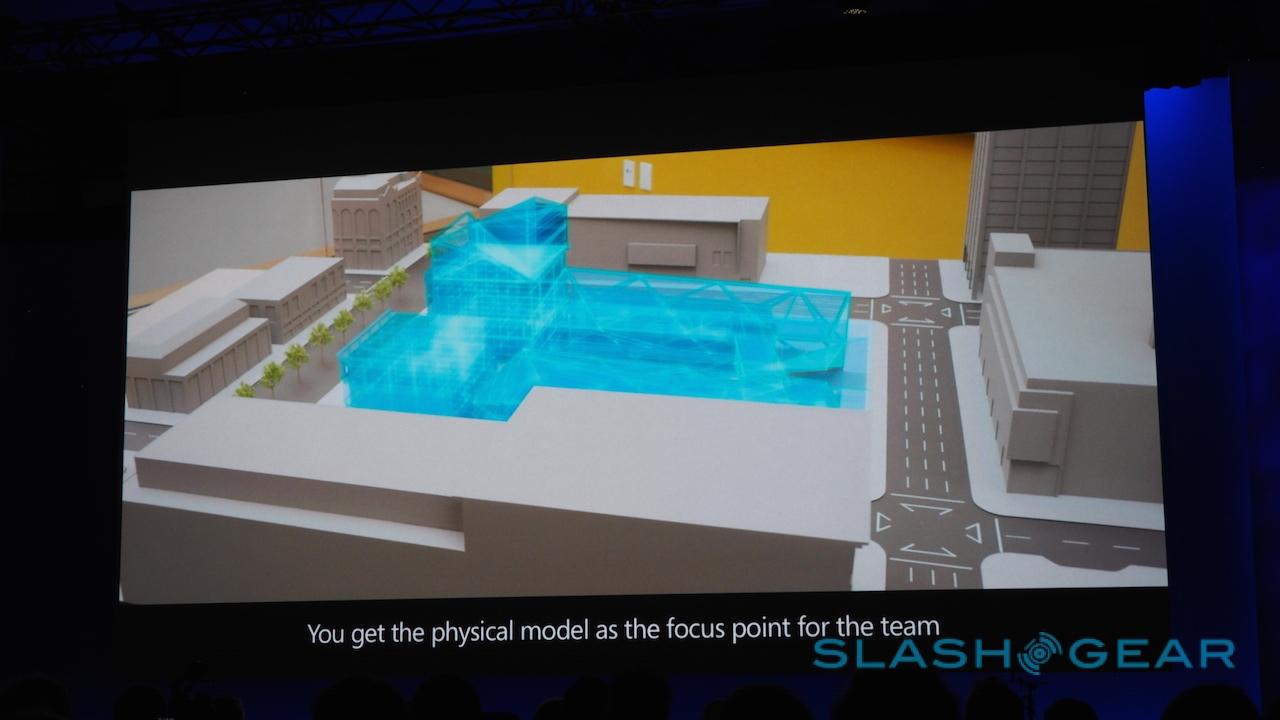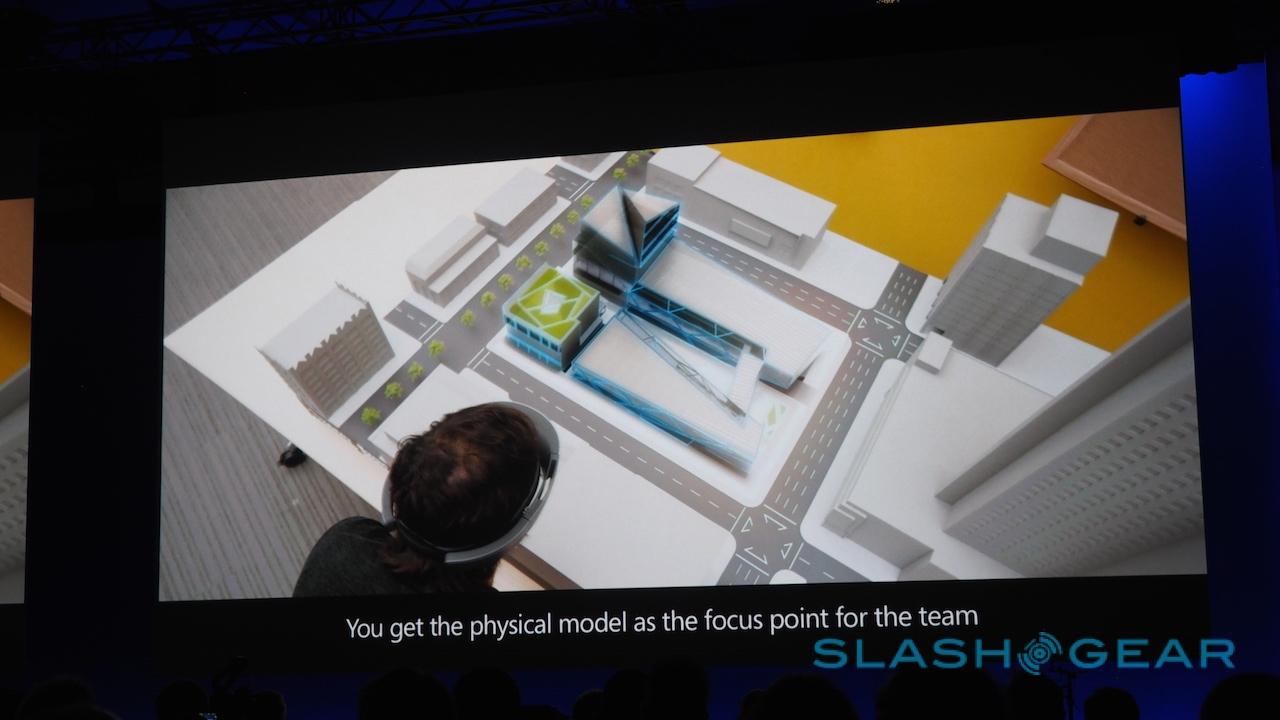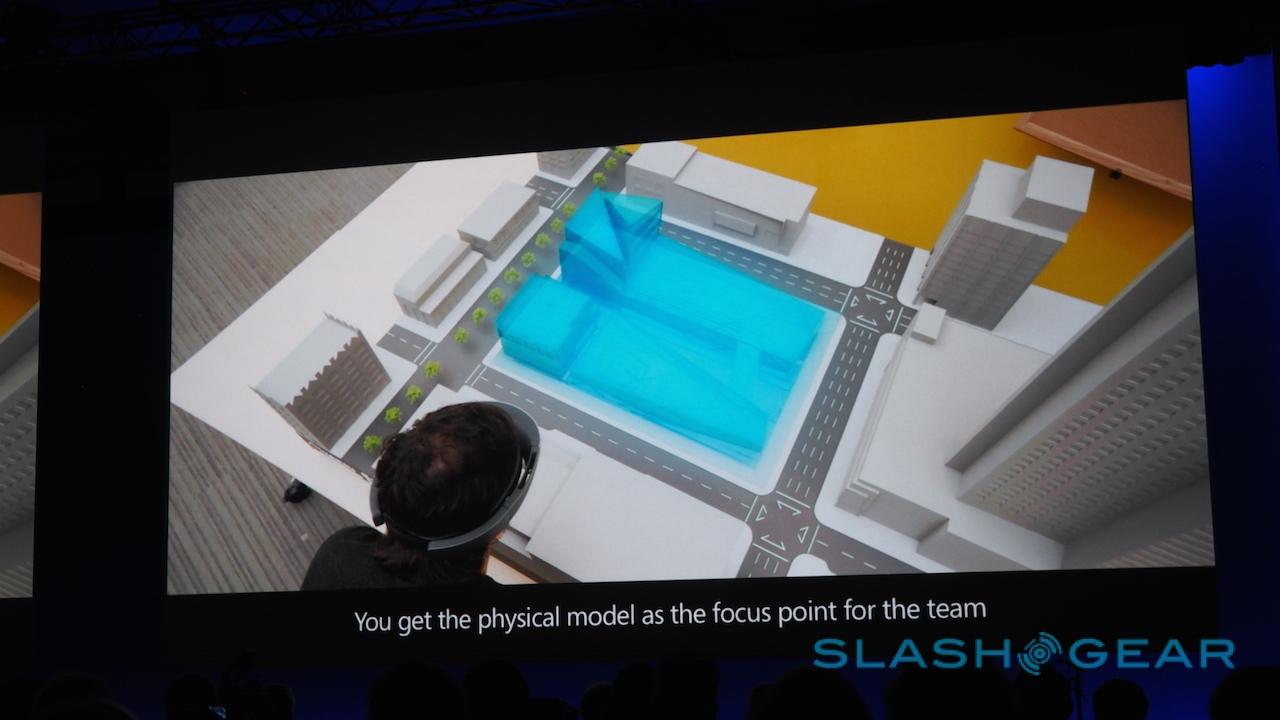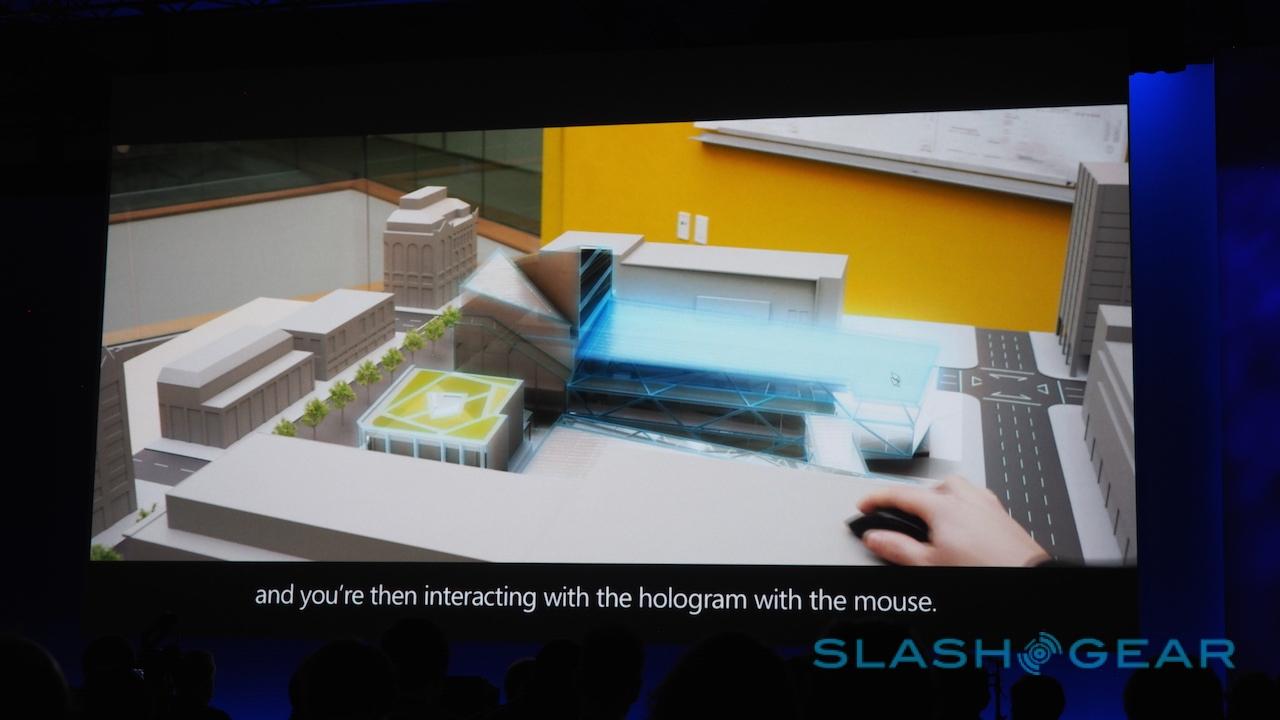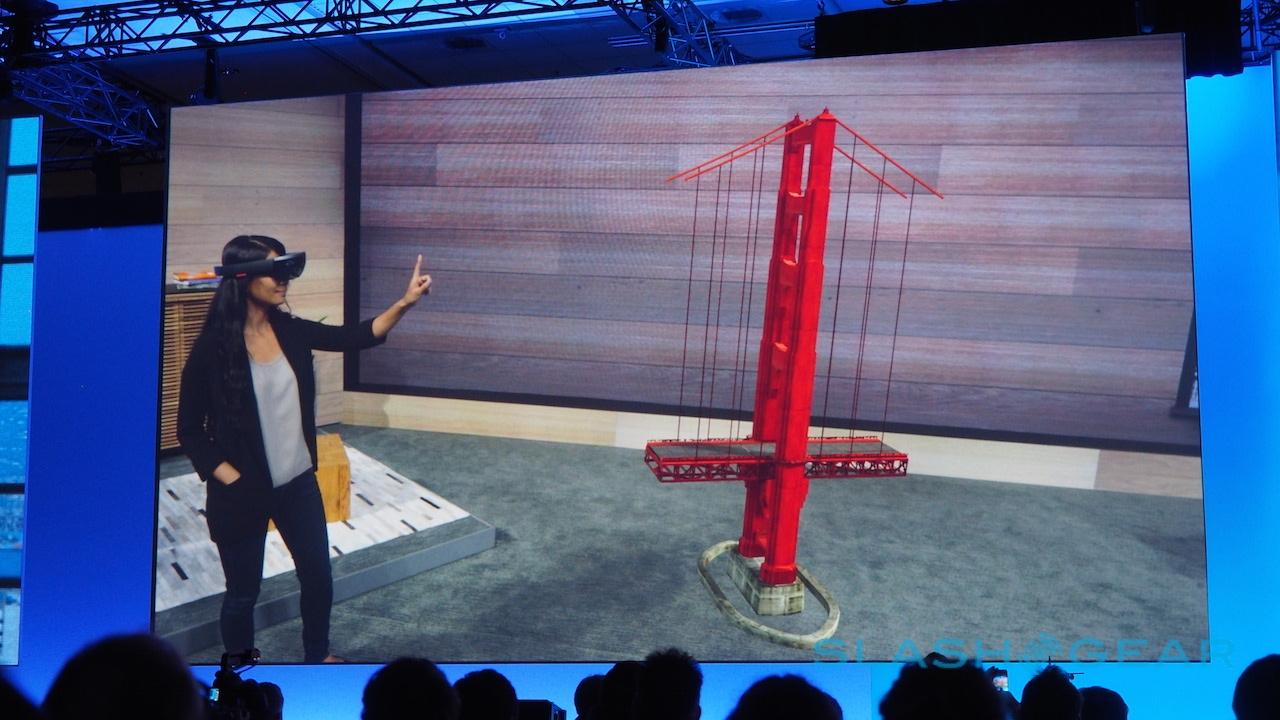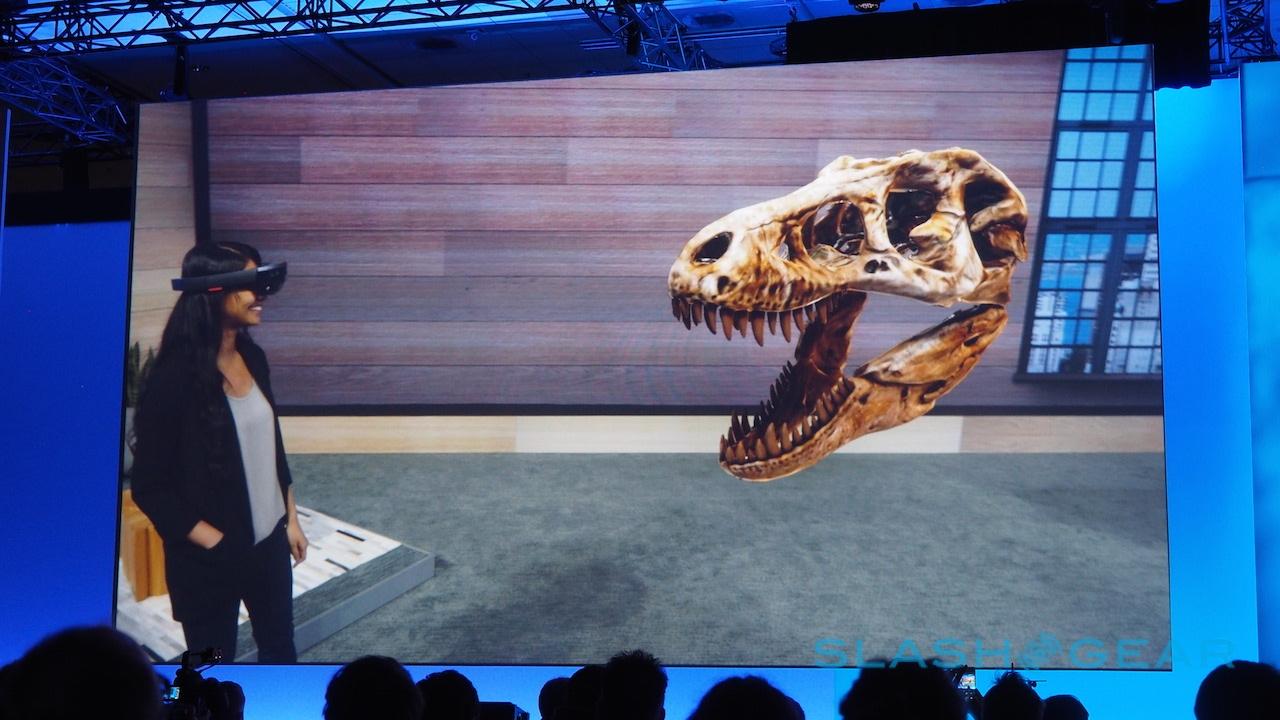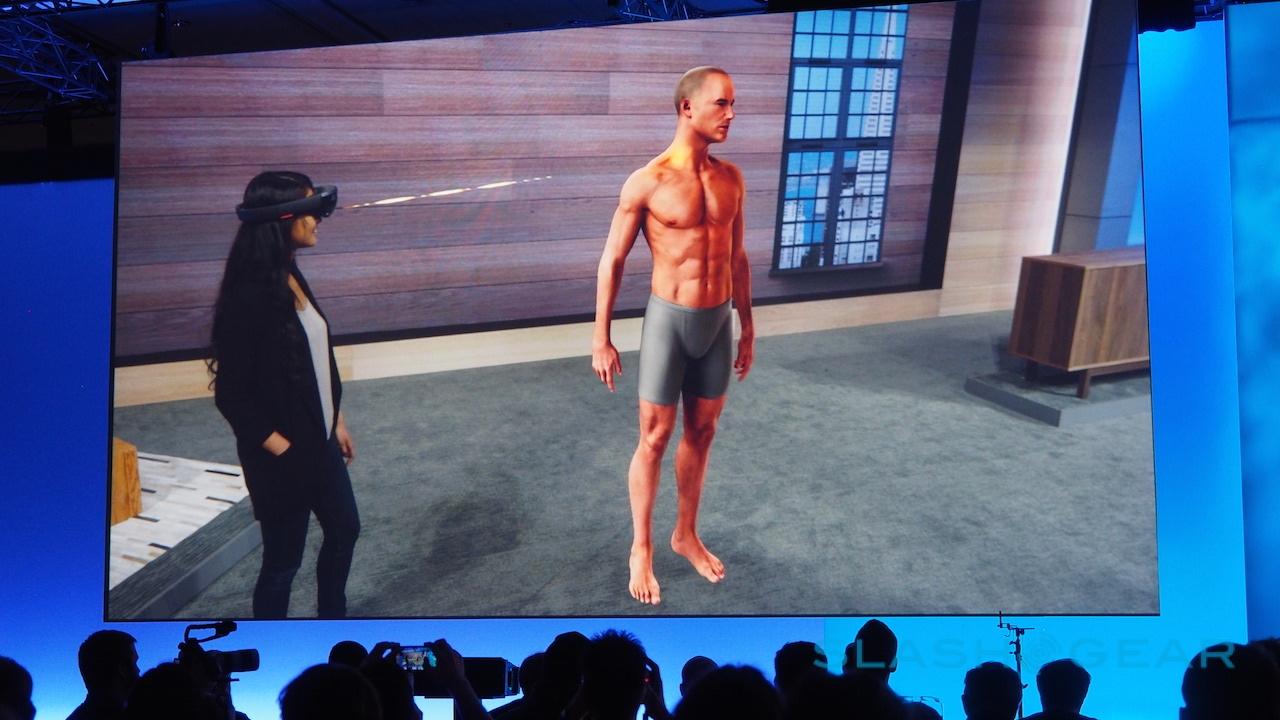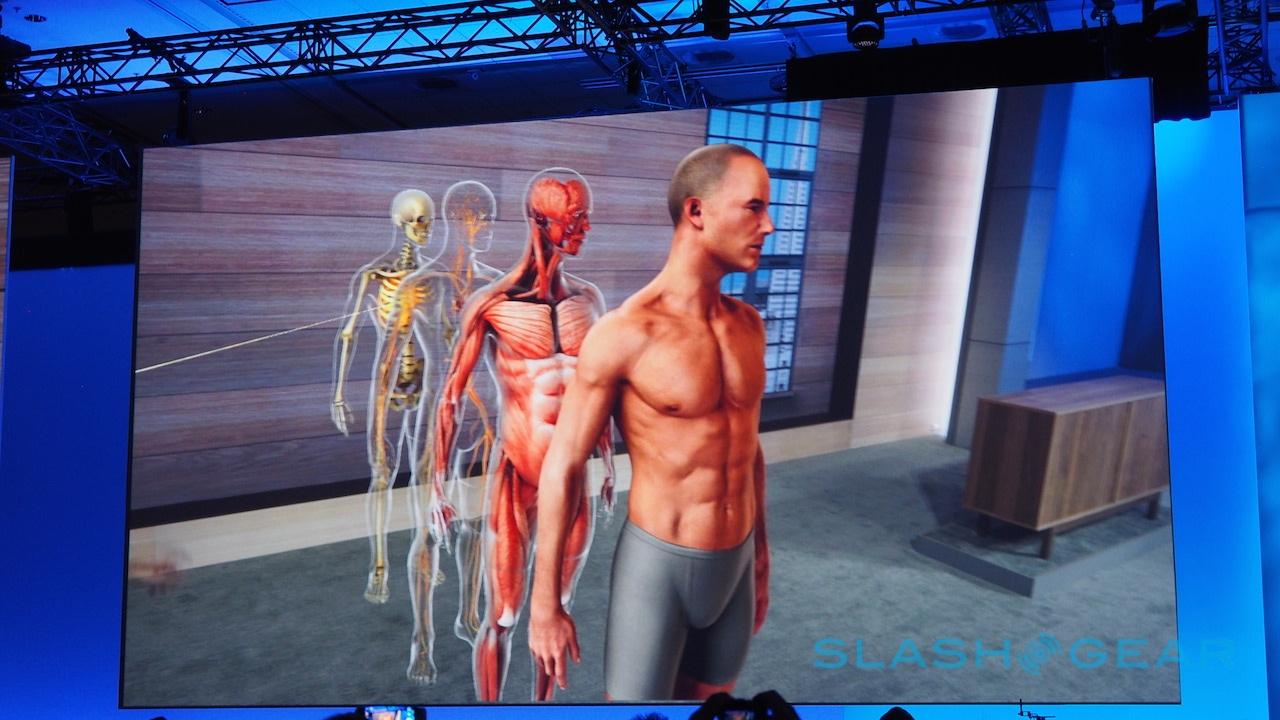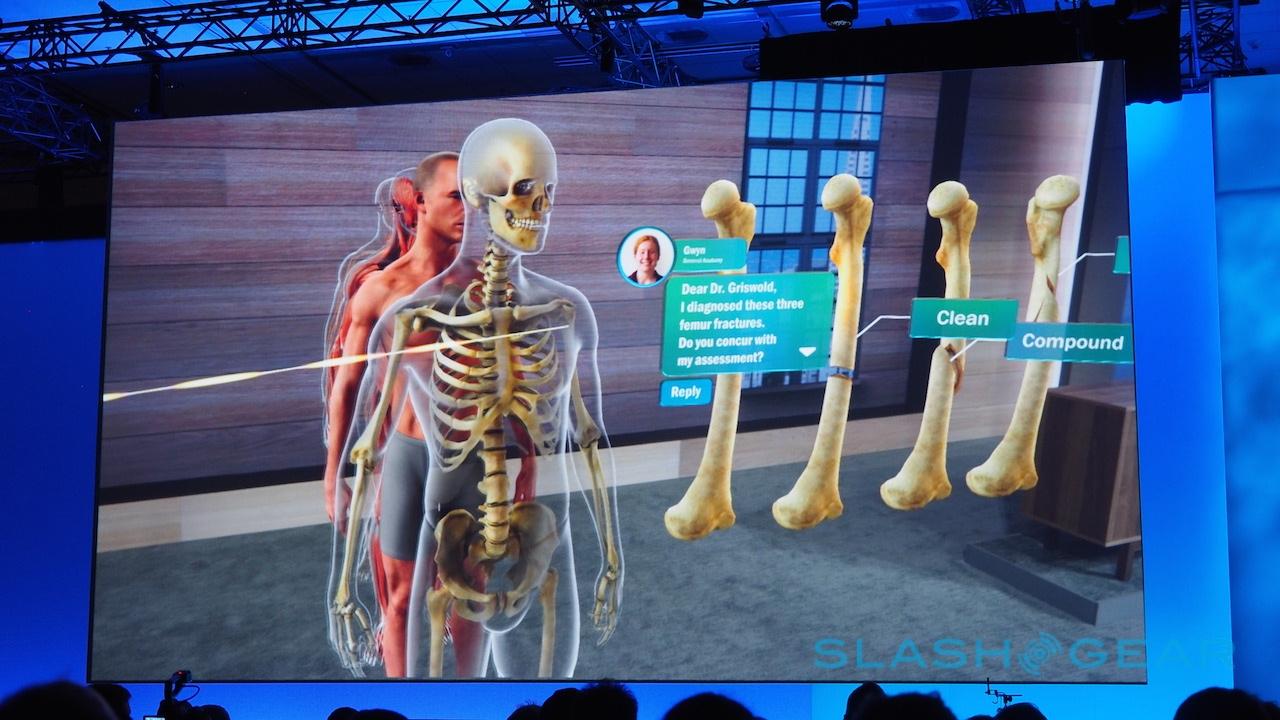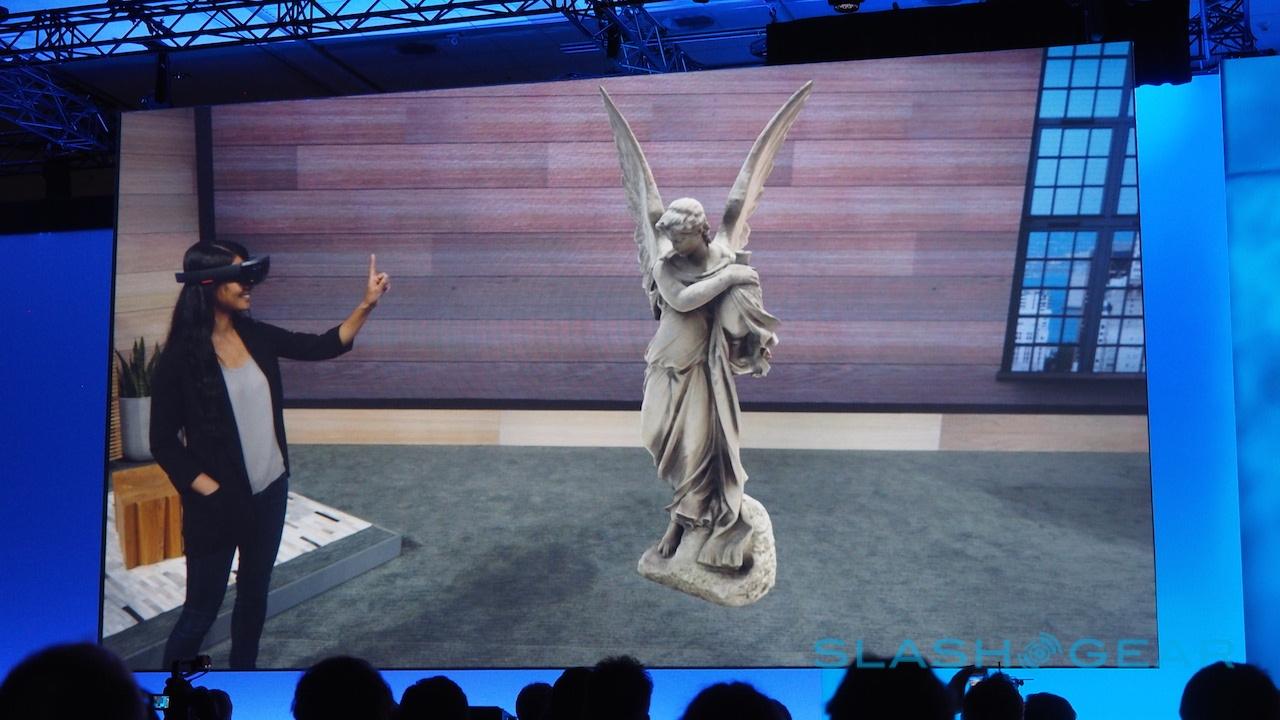This is Windows Holographic on HoloLens (and it looks insane)
Microsoft dropped jaws when it revealed HoloLens back in January, but today it showed how Windows Holographic will embed the augmented reality headset into homes, offices, and schools. HoloLens will run universal Windows 10 and project them into the real world around people, whether that be a virtual picture frame on the wall next to a virtual TV screen for video, or even a digital dog. Meanwhile, businesses are already looking at how to bring HoloLens holograms into their workflow.
On-stage at BUILD 2015, Microsoft showed a mockup of an apartment which could be decorated with HoloLens components. That ranged from an interactive weather ornament on the coffee table, through to a Skype window, the favorites of which could be pinned to the wall.
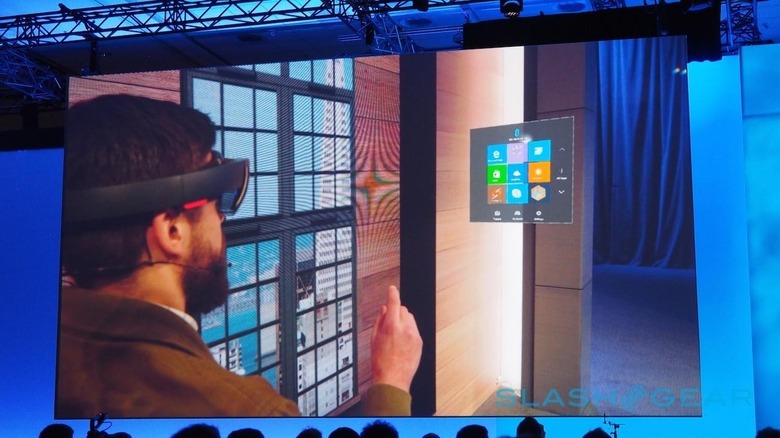
Each of the windows is resizable. Meanwhile, by saying "Follow me" the window will float along with you, so that you can take your video stream or conversation as you walk around the house.
It's not just virtual pets and more immersive gaming, however. Microsoft has also been working with businesses to get the HoloLens message out there, and encourage developers to create apps with Windows Holographic in mind.
One architects firm, for instance, uses HoloLens to interact in real-time with a model of a new building. In the office, that integrates a physical model with a virtual version, tweaks and changes can be made to which on the fly.
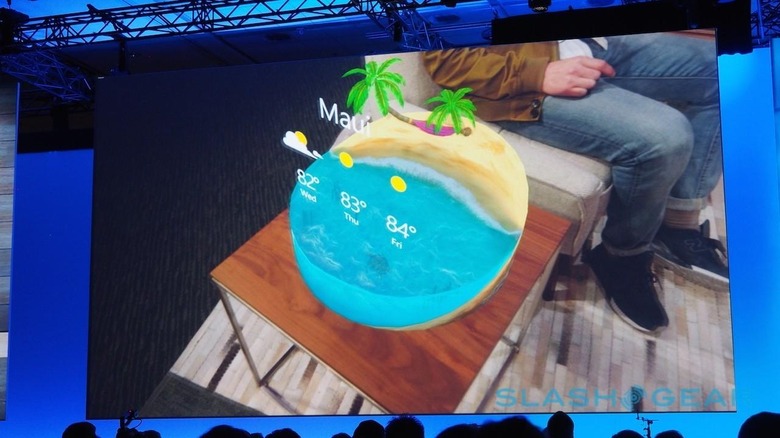
Out on site, meanwhile, HoloLens and Windows Holographic apps can be used to explore a virtual walk-through of the work-in-progress. That could help flag up any potential issues, like wiring and plumping clashes, before any infrastructure is actually installed.
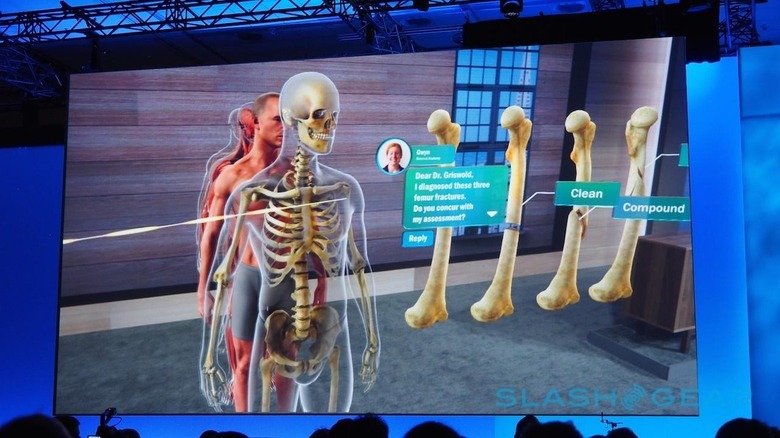
In the classroom, meanwhile, HoloLens could be used to give anatomy lessons, breaking open bodies and showing not only what they look like stationary, but how they move and interact.
Remote participants could sign in from other campuses or homes, and since multiple people can view the same Windows Holographic scene, all take part in the same learning process.
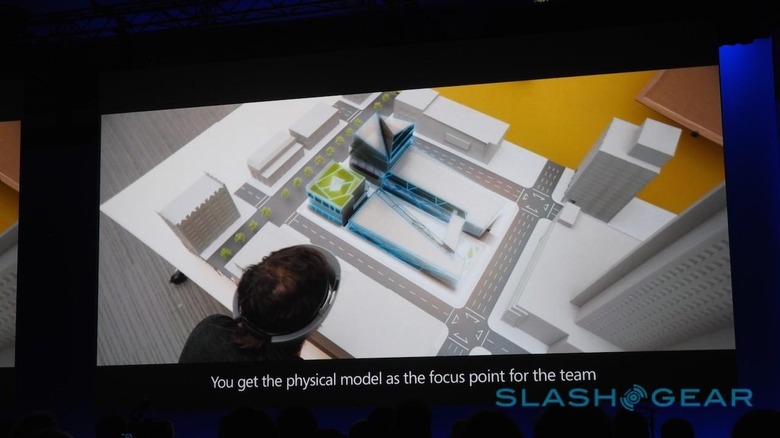
There's still plenty to be figured out. Microsoft hasn't said how much the standalone augmented reality headset will cost, and nor has it detailed the exact specifications.
As for apps, enabling them to run in holographic mode is said to be straightforward, and Microsoft will be demonstrating "hundreds" of HoloLens prototypes at BUILD this week, in the hope of spurring developers on to create their own software.

